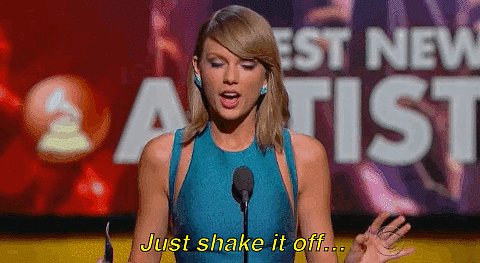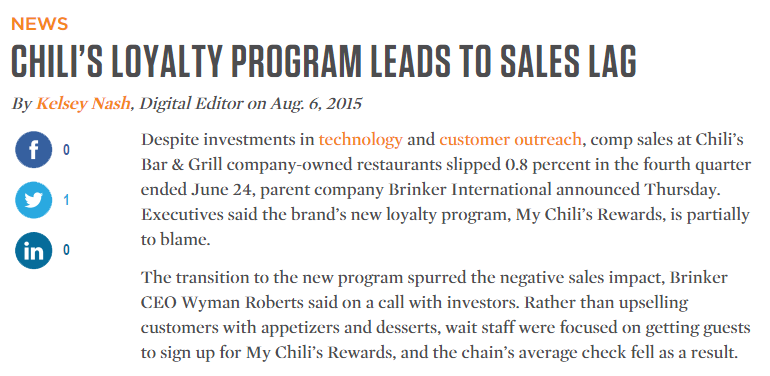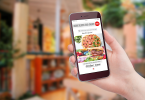
We’re told that loyalty program members spend measurably more than non-members (in one restaurant study, it was $2.14 more per check). We’re told that their lifetime value to you, as a restaurant owner, is multi-fold more than non-members.
So…it sounds like they’re working, huh? Numbers don’t lie. It’s data.

But what if those numbers belong to a massive restaurant brand who has experienced negative or flat growth overall. For years, even. What then?
What if that massive restaurant brand is one player within an entire segment — cough, cough, ahem, casual dining — that is getting smoked by the Fast Casual and QSR segments. What then?
Sounds more like a loyalty program that’s helping to merely keep the doors open than generating a tidal wave of profitable growth and real, reciprocal loyalty.
Or…what if this happens:
Is that loyalty program really working?
Maybe now is NOT the time to launch a loyalty program?
I’ve done some practical thinking about this. We’ve got good reading for you on the subject of loyalty programs, written by Ashley Tate. That post was published a little over a year ago.
Then I wrote this. Maybe, though, you shouldn’t be thinking about launching a loyalty program at all. Despite the incredible advances of several restaurant marketing service providers in the area of loyalty. And I don’t just mean for the big chains:
Swipely. Venga. FiveStars. Belly. Mogl. Thanx. Front Flip. LevelUp. VirtualNext. Even Square.
In fact, I’d say you should put the brakes on regarding launching a loyalty program.
You don’t need a loyalty program yet, if you haven’t carefully studied the data in your restaurant.
What would you do if you had the following…
Before you run to launch a loyalty program, you have to think through a variety of things. For example…
If you had a 3×5 card representing all of your customers, with their transaction histories written on them for the last 12 months, spread out in front of you, how would you group them?
By spend may be the obvious one. By frequency? By day part? By demographics? And how many segments would you want to create?
Is a single weekly customer who spends $9 every visit more valuable to you than a monthly customer representing a business order who spends about $50 each visit, but visits no more than monthly?
Think about that one before answering too quickly.
Maybe you could put those customers into one of these segments:

Those are our unofficial, non-scientific, recommended tiers ready for your real-world data.
- You’ve got the Evanglists, who visit constantly, tell people when they’re going, and very nearly have their identity tied to your restaurant. You can do no wrong in their minds. They’re at the peak of your loyalty mountain.
- You’ve got the Frequenters, who visit regularly (however you define that), like your food and/or the experience, and choose your restaurant when other options exist.
- You’ve got the Special Occasioners, who represent a big drop-off from the previous two categories. They’ll come when there’s a specific reason to, without too much objection. Maybe it was a negotiation within the family and you’re the lesser of two evils. You’re the compromise.
- You’ve got the Vacationers, who don’t visit only when they’re literally on vacation, but as often as most people take vacation. Let’s call it once or twice per year. They have no big problem with you, but your concept is just unique enough that they don’t have a hankering for your menu every month.
- You’ve got the First-Timers, who are highly impressionable and willing to give you a try. These folks are crucial to identify when they’re in your restaurant, so you can nudge them into the top two groups previously mentioned, and avoid the next one.
- You’ve got the Haterz, who go out of their way to shoot negative publicity your way via terrible word-of-mouth or worse, digitally. These folks you’re just not going to convince to come in more often. You may, at best, neutralize them, because as Taylor tells us, haters gonna hate.

So, you take a look at your data first to put people into buckets like these. Then you can move on to the next step.
Here’s what you should do rather than launch that loyalty program
You can’t NOT be intrigued by what Chipotle’s Mark Crumpacker said about loyalty programs recently. They’re not in a rush to launch one whatsoever. But Chipotle is ready to get deeper into the data that’s available from the mobile payments they accept.
You need a similar mindset, even if you run one single-location restaurant.
Get data on your guests and their transactions first, with an open mind about what it will tell you, before launching a loyalty program. Dig into those numbers. Figure out the facts to back up your assumptions and gut instincts about the business, and then start formulate a loyalty plan.
And by loyalty plan, I still don’t mean a loyalty program. I mean a plan, as in, plan of attack.
Determine who your most loyal customers are based on whatever criteria you ultimate decide on from the section above. Your Evangelists.
Then, identify those NEXT tier of customers by behavior and outcomes. Your Frequenters. It’s with these folks and your First-Timers that you’ll focus your marketing money. But you need to find out who they are first. And what the right incentive is that will get them back in your stores sooner than any other alternative incentive.
Listen, I know it’s fun to announce new marketing initiatives. And I know the pressure is on to keep up with the Joneses. And the Crumpackers.
But hold off on launching or announcing your restaurant loyalty program for now. Focus on two things:
- Dip yourselves in the magic waters of your guest and transaction data. Find a partner who can deliver it from my list above.
- Focus on your behaviors that can generate real restaurant loyalty. This is a different thing than having a loyalty program.
Voila. Restaurant success.







